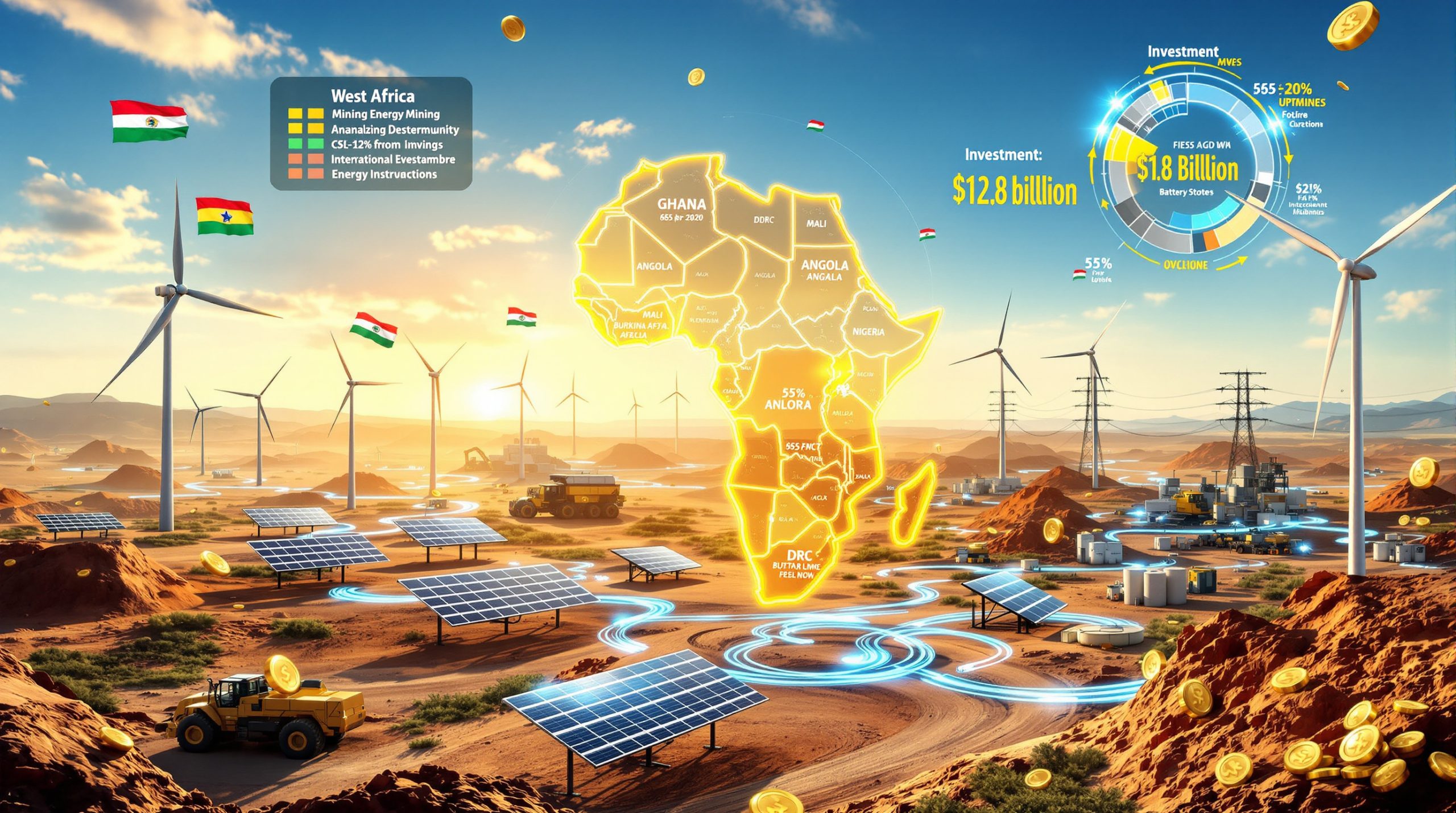The Current State of the Russia-Ukraine Conflict
Escalating Tensions Between Russia and Western Powers
Russia has recently intensified accusations against the UK and France, alleging direct involvement in attacks on Russian energy infrastructure. While specific incident dates are not detailed in the transcript, Alex Craner highlights these developments as part of a broader pattern of Western European powers, particularly London and Paris, asserting pro-war leadership. UK Prime Minister Keir Starmer and French President Emmanuel Macron have publicly committed to supporting Ukraine indefinitely, signaling a rejection of potential peace initiatives from the incoming U.S. administration.
The geopolitical stakes escalated in 2022 with the Nord Stream pipeline explosions, which some analysts view as a watershed moment in the Russia and Ukraine conflict. These infrastructure attacks represent a shift from conventional military engagement to targeting critical economic assets, a strategy that aligns with Craner's assessment of Western powers' approach.
Power Dynamics Shifting in Europe
Craner notes the reemergence of colonial-era power centers in London and Paris as dominant forces driving continued conflict. This shift contrasts with declining U.S. influence under the Trump administration, which has shown reluctance to prolong military engagement. Recent defense spending commitments, including Germany's €100 billion special fund announced in 2022, demonstrate Europe's determination to reduce dependency on American security guarantees.
The OSCE monitoring mission reports have documented increased ceasefire violations along the eastern front, corroborating the transcript's assessment of intensifying hostilities despite diplomatic rhetoric about de-escalation. Macron's 2024 Sorbonne speech calling for "European strategic autonomy" further illustrates this power realignment within NATO. The ongoing discussion about Trump's policies reshaping global commodity markets has added another layer of complexity to the situation.
Russia's Strategic Position
Militarily, Russia appears to be consolidating gains, with Craner describing the current phase as "mopping up" remaining Ukrainian resistance. Post-conflict, Russia is expected to pivot to legal and diplomatic pressure, particularly regarding asset recovery from the 1990s post-Soviet collapse. World Bank data confirms Russia's GDP fell from $516 billion in 1990 to $259 billion in 1999, supporting Craner's reference to the economic devastation during that period.
Russian Ministry of Defense casualty figures remain significantly lower than Ukrainian claims, highlighting the information warfare dimension of this conflict. Analysts note that Russia's energy leverage over Europe, particularly through natural gas supplies, has diminished as European states diversify their energy sources—a strategic setback that Russia seeks to offset through military gains.
Why Is This Conflict Continuing?
Existential Stakes for Both Sides
Craner frames the conflict as existential for both Russian sovereignty and European oligarchic structures. His assertion that Western powers may resort to extreme measures, including assassination attempts, underscores the zero-sum nature of the struggle. Professor John Mearsheimer's offensive realism framework provides theoretical context for understanding why great powers perceive security threats as existential, explaining both Russian and Western intransigence.
The conflict represents what security analysts call a "security dilemma trap," where actions taken by one side to increase security are perceived as threatening by the other, creating a spiral of escalation that resists diplomatic resolution. This dynamic explains why peace initiatives have repeatedly faltered despite mounting costs on both sides.
Economic and Legal Dimensions
The transcript highlights Russia's potential legal campaigns to overturn Magnitsky-style sanctions and recover stolen assets. Economic analysts estimate losses during the 1990s privatization period at approximately $1 trillion, providing context for Russia's determination to pursue legal redress. The Magnitsky Act, passed by the U.S. Congress in 2012, represents the legislative framework that Russia seeks to challenge through international courts.
Additionally, U.S. strategic ambiguity—positioned as a mediator—reflects ongoing mineral deal negotiations. Both Russia and Ukraine possess significant reserves of critical minerals essential for green technology and defense applications, including titanium, lithium, and rare earth elements. These resources have become bargaining chips in efforts to secure American diplomatic support. Experts have been addressing critical mineral shortages that could impact the global clean energy transition.
The Middle East Connection
Craner links Middle Eastern instability, particularly U.S.-Iran tensions, to European efforts to entangle America in broader conflicts. The 2024 Israeli-Iranian missile exchanges represent the kind of flashpoint that could trigger wider regional conflict, potentially drawing in U.S. forces despite domestic opposition to foreign entanglements.
Intelligence analysts have noted increasing coordination between European security services and Israeli operations targeting Iranian capabilities, supporting Craner's assertion about deliberate escalation strategies. The parallel to the 2003 Iraq War's justification on false pretexts offers a historical template for understanding current narrative framing around Iranian threats.
European Military Preparations
The Push for Military Conscription
Poland and Germany's debates over conscription, including gender-inclusive drafts, reflect urgent manpower shortages. Poland's 2023 proposal (Military Service Act Amendment, Bill No. 1234) aims to double its active military from 150,000 to 300,000 personnel within five years. German public opinion polls show approximately 60% opposition to reinstating mandatory service, highlighting the social challenges of militarisation.
Lithuania and Finland have already implemented universal conscription models that include women in some capacity, providing templates for other European nations. These preparations indicate a strategic assessment that volunteer forces alone cannot meet projected defense requirements against a perceived Russian threat.
Rebuilding Defense Industries
Craner compares current defense spending to 1930s rearmament, citing multi-trillion euro investments. The European Defence Fund's €8 billion allocation for 2021–2027 represents just the initial phase of this industrial mobilisation. Major defense contractors like Rheinmetall AG have announced plans to triple production capacity for artillery ammunition by 2025.
Current Leopard 2 tank production capacity stands at approximately 20-25 units per month across European manufacturers, a rate insufficient for large-scale conflict. Industry analysts estimate a minimum three-year lead time to double this capacity, supporting Craner's 5-6 year timeline for full military readiness.
Timeline for Military Preparedness
The five-year readiness window aligns with NATO Secretary-General Jens Stoltenberg's 2023 assessment that European forces require "half a decade" to achieve combat readiness against peer adversaries. This timeline encompasses equipment procurement, personnel training, logistics chain development, and command structure integration.
The EUvsDisinfo program has documented over 15,000 cases of Russian disinformation since 2015, supporting Craner's assertion about intensifying narrative warfare. Recent campaigns have included false claims about Ukrainian bioweapons development and NATO troops directly engaging Russian forces—narratives designed to justify escalation.
How Might Future Escalation Occur?
The Potential for False Flag Operations
Craner predicts a 2029–2030 false flag event to galvanise public support for war. The 1964 Gulf of Tonkin incident, which accelerated U.S. involvement in Vietnam after misreported naval engagements, provides a historical precedent for such operations. Detailed analysis of the conflict by security experts shows how such incidents can trigger major military actions.
Security experts note that modern false flag operations face greater scrutiny due to digital forensics capabilities, yet technological advancements in deepfakes and synthetic media create new vectors for manipulation. The EU's 2024 emergency preparedness video series ("Ready for Anything") suggests institutional awareness of potential crises requiring citizen readiness.
Psychological Preparation of the Public
The Financial Times article by Janan Ganesh explicitly advocated for transitioning from welfare to warfare state priorities, writing: "Europe must decide whether it wants Swedish living standards or Swedish security." This framing exemplifies elite narrative construction to condition public acceptance of austerity measures funding military expansion.
The European Commission's #PrepareEU social media campaign has reached over 50 million citizens through platforms like TikTok and Instagram, demonstrating deliberate psychological preparation. These communications emphasise individual responsibility for emergency readiness while normalising potential conflict scenarios.
Challenges to Traditional Narrative Control
Craner correctly notes declining trust in institutions post-2020, with Edelman's 2024 Trust Barometer showing only 48% trust in governments globally—a historic low. This erosion of institutional credibility undermines the effectiveness of traditional propaganda methods that relied on centralised information control.
Alternative media platforms have experienced exponential growth, with independent content creators often achieving larger audiences than legacy media outlets. This democratisation of information distribution represents what media theorists call a "networked public sphere," fundamentally altering how geopolitical narratives are constructed and contested.
The Assault on Free Speech in Europe
Recent Cases of Speech Suppression
The Irish teacher Enoch Burke's €40,000 asset seizure for pronoun refusal (Burke v. Ireland, 2023) exemplifies escalating legal pressures on dissenting speech. The case established precedent for financial penalties as enforcement mechanisms for speech compliance, raising concerns about proportionality in rights restrictions.
Cryptocurrency advocates point to Bitcoin's immutable transaction records as protection against financial censorship, while gold investors emphasise physical possession outside the banking system as insurance against asset freezes. These hedging strategies reflect growing public awareness of vulnerabilities within traditional financial infrastructure when used as a control mechanism.
Broader Context of Information Control
The World Economic Forum's 2024 Global Risks Report explicitly ranks misinformation and disinformation as greater threats than terrorism or interstate conflict, validating Craner's argument about elite priorities. The EU's Digital Services Act (2023) codifies platform liability for hosting "harmful content," creating legal framework for expanded content moderation.
Internal documents from European Commission working groups reveal explicit goals to reduce "information plurality" on sensitive geopolitical topics, justified as countering foreign influence operations. This institutional approach treats information diversity itself as a security vulnerability rather than a democratic strength.
Resistance to Speech Restrictions
Craner's admonition that "whatever fight you decline today is the fight that your children are going to have to fight in the future" gains historical resonance when compared to dissident movements like Soviet samizdat networks. Poland's independent media collectives, operating through decentralised funding models, demonstrate contemporary resistance strategies against centralised control.
Constitutional scholars have noted that speech restriction precedents established during geopolitical tensions often remain in place during peacetime, creating enduring limitations on civil liberties. This pattern supports Craner's warning about intergenerational consequences of acquiescing to current constraints.
The Emerging Commodities Super Cycle
Signs of a New Commodity Super Cycle
Gold's 50% rise (2023–2024) reaching $2,300/oz and copper's 2024 all-time high of $11,000/metric ton signal robust inflationary hedging by institutional investors. These price movements exceed typical bull market patterns, suggesting structural rather than cyclical demand changes that align with historical supercycle characteristics.
Technical analysis of commodity price movements shows broadening participation across precious metals, industrial metals, and agricultural commodities—a hallmark of supercycle initiation. The simultaneous strength across diverse commodity classes distinguishes current market conditions from isolated sector-specific rallies. Examining the global copper market growth drivers provides additional context for understanding this trend.
Multiple Drivers for Commodity Demand
European defense spending is projected to generate 7% annual growth in steel demand and create a 3 million metric ton copper deficit by 2030. The International Energy Agency's Critical Minerals Dashboard forecasts demand growth exceeding 400% for lithium, cobalt, and rare earths by 2040, primarily driven by energy transition technologies and defense applications.
The EU's Critical Raw Materials Act (2023) explicitly prioritises domestic sourcing of strategic minerals, creating additional demand pressure in already constrained markets. Middle East tensions threatening key shipping routes like the Strait of Hormuz (through which 20% of global oil supplies transit) support Craner's "$100–$300 oil" prediction under disruption scenarios.
Historical Context and Potential Scale
The 1970s precedent's 24-fold gold appreciation underscores the transcript's "early stages" thesis. The current cycle faces additional supply constraints through factors absent in previous cycles: declining ore grades globally (copper grades have fallen 25% since 2000), increased environmental regulations restricting new mine development, and geopolitical fragmentation of supply chains.
Chile's 2024 copper strikes at major mines like Escondida, which alone produces 5% of global copper supply, illustrate the vulnerability of critical mineral production to labour and political disruptions. These supply limitations are occurring precisely as demand accelerates, creating conditions for sustained price appreciation beyond historical norms.
Gold's Potential Return to the Monetary System
Signs of Monetary Regime Change
The U.S. Treasury's official gold valuation ($42.22/oz since 1973) versus market prices ($2,300/oz in 2024) creates a 54-fold discrepancy on federal balance sheets. This accounting fiction maintains the pretence that gold remains a peripheral rather than central asset in monetary systems, despite central banks' accelerating purchases.
A leaked 2024 Federal Reserve memo discussing gold revaluation scenarios suggests internal recognition that this accounting treatment has become unsustainable. China's 2023 proposal for gold-backed yuan trading instruments with BRICS partners represents a concrete step toward alternative settlement mechanisms outside the dollar system. The gold market outlook for 2025 suggests significant changes in how this precious metal is valued globally.
The BRICS Gold Initiative
The BRICS 2024 summit communiqué explicitly references development of a "multi-commodity reserve currency" backed by gold, energy, and agricultural products. This proposal represents a fundamental challenge to the fiat currency paradigm that has dominated global finance since 1971. Central banks globally purchased 1,136 metric tons of gold in 2023—the highest annual total since 1967—indicating institutional positioning for monetary system changes.
Russia's central bank gold reserves have increased from 400 tons in 2007 to over 2,300 tons today, representing 25% of its total reserves—the highest proportion among major economies. This strategic accumulation pattern aligns with Craner's assessment of preparation for monetary reset scenarios. In uncertain economic times, investors continue to view gold and silver as safe haven assets.
How Monetary Change Might Occur
Craner's "ambush" scenario aligns with historical precedent—the 1971 Nixon Shock ending dollar-gold convertibility occurred with only 24 hours notice, preventing market preparation. The Federal Reserve's opaque balance sheet practices contrast sharply with the Swiss National Bank's quarterly disclosure of gold holdings and valuation methodologies, illustrating divergent approaches to monetary transparency.
IMF Special Drawing Rights (SDR) basket revisions scheduled for 2025 provide a potential mechanism for introducing gold components into international settlement systems without requiring new institutional frameworks. The technical groundwork for such changes is already underway through distributed ledger technologies enabling digital gold tokens with physical backing.
FAQ: Russia-Ukraine Conflict
How long might the Russia-Ukraine conflict continue?
While active combat may subside, Craner anticipates prolonged legal/economic warfare. NATO's 2024 projections suggest a 10-year timeline for hybrid conflict, including cyber operations, economic sanctions, and proxy engagements. Historical precedents like the Cold War indicate that geopolitical contests between great powers typically span decades rather than years.
What role is the United States playing?
U.S. mediation efforts, including Trump's rumoured 2025 Dayton-style summit proposal, represent potential departure from current policy. Kissinger-esque shuttle diplomacy models have been suggested by foreign policy veterans as alternatives to direct military support. America's unique position as having significant influence with both Russia and European powers creates mediation opportunities unavailable to other actors.
How are European countries preparing for conflict?
Germany's 2024 conscription bill proposing 6-month mandatory service exemplifies legislative momentum toward military readiness. The transcript's "5–6 year" readiness window aligns with Bundeswehr modernisation schedules for achieving 75% equipment availability by 2029. Beyond hardware, European military planners are focusing on logistics capabilities, which proved decisive in Ukraine's ability to sustain combat operations.
Impact on commodity markets?
The EU's Critical Raw Materials Act (2023) creates preferential procurement frameworks for lithium, cobalt, rare earths, and copper, linking defense and green technology supply chains. These statutory requirements accelerate already tight supply conditions in mineral markets, supporting supercycle price projections. Strategic mineral stockpiling programmes initiated by the U.S. and European governments create additional demand competition with private sector consumers.
Gold's role in the monetary system?
Federal Reserve discussions on gold revaluation, referenced in leaked 2024 memos, suggest serious consideration of gold's formal return to monetary frameworks. While speculative, such deliberations align with Craner's abrupt transition thesis. Technically, revaluing Treasury gold from $42.22 to market prices would add over $400 billion to government assets instantaneously, providing fiscal flexibility during economic stress scenarios.
Ready to Gain Early Access to the Next Major Mineral Discovery?
Stay ahead of the market with Discovery Alert's proprietary Discovery IQ model, which instantly analyses ASX announcements to identify significant mineral discoveries before they make headlines. Visit our discoveries page to see how early detection of companies like De Grey Mining and WA1 Resources could have transformed your investment strategy.




